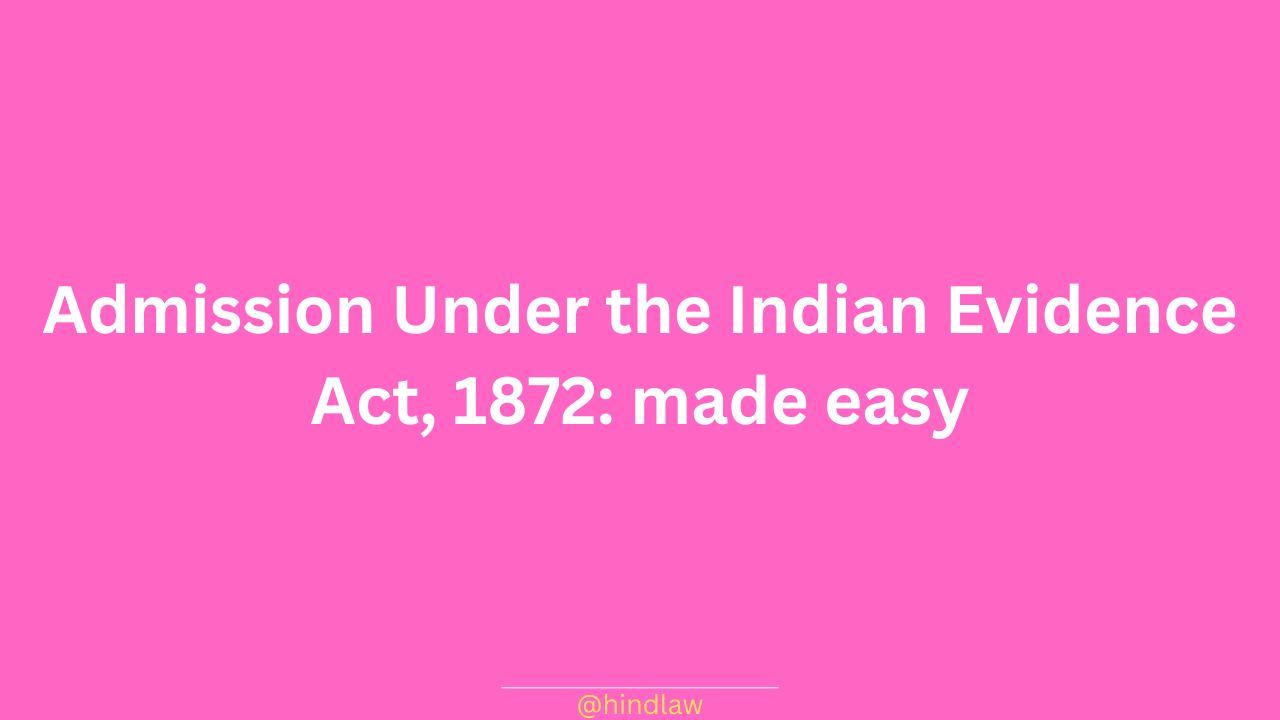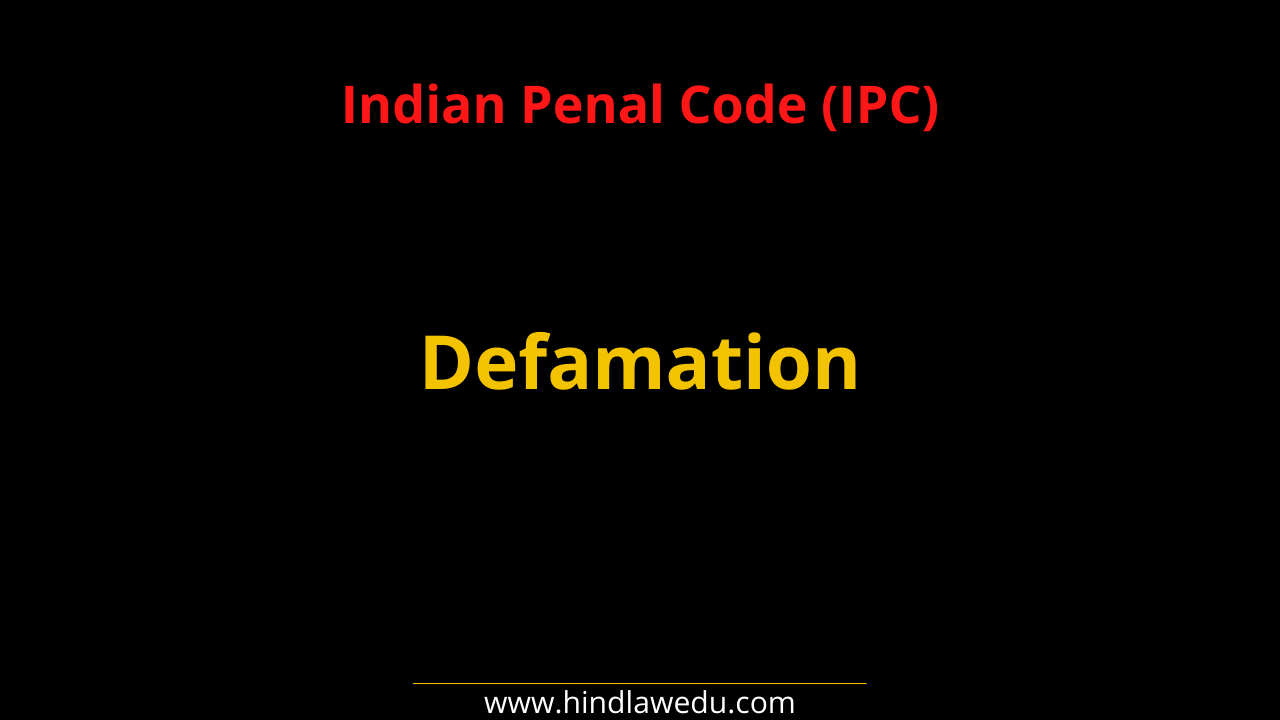- The official criminal code of India
The main feature of the Indian Penal Code (IPC) is that it is the official criminal code of India. It is a very broad and detailed code intended to define crimes and provides punishments for almost all kinds of criminal offences.
The code was drafted on the recommendations of the first law commission of India established in 1834 under the Charter Act of 1833 under the chairmanship of Thomas Babington Macaulay. The drafting was completed in the year 1850 and was presented to the Legislative Council in the year 1856. It was only in 1860 when the draft became law and became operational on January 1, 1862.
However, it did not apply automatically in the Princely states, which had their own courts and legal systems until the 1940s. The Code has since been amended several times and is now supplemented by other criminal provisions. It extends to the whole part of India and applies to all the citizens.
2. Vast legislation
Another Salient feature of IPC is, it is one of the vast legislation, at present, it is divided into 23 chapters and contains 511 sections in total. It is known as substantive law as it provides definitions and punishments of all the offences provided under this code.
3. General explanations
Another Important Feature of IPC is the “General explanations” which are provided under chapter II of IPC from 6 to 52-A. These sections cover the definitions used in the code.
Section 6 states that Definitions in the Code to be understood are subject to exceptions. It means Throughout this Code every definition of an offence, every penal provision, and every illustration of every such definition or penal provision, shall be understood to be subject to the exceptions contained in the Chapter entitled “General Exceptions“, though these exceptions are not repeated in such definition, penal provision, or illustration.
Illustrations:
(a) The sections, in this Code, which contain definitions of offences, do not express that a child under seven years of age cannot commit such offences, but the definitions are to be understood subject to the general exception which provides that nothing shall be an offence which is done by a child under seven years of age.
(b) A, a police-officer, without warrant, apprehends Z, who has committed murder. Here A is not guilty of the offence of wrongful confinement for he was bound by law to apprehend Z and therefore the case falls within the general exception which provides that “nothing is an offence which is done by a person who is bound by law to do it”.
Some of the definitions are:
Sec 8. Gender – The pronoun “he” and its derivatives are used by any person, whether male or female.
Sec 9. Number – Unless the contrary appears from the context, words importing the singular number include the plural number, and words importing the plural number include the singular number.
Sec 10. “Man”, “Woman” – The word “man” denotes a male human being of any age; the word “woman” denotes a female human being of any age.
Sec 11. “Person” – The word “person” includes any Company or Association or body of persons, whether incorporated or not.
Sec 12. “Public” – The word “public” includes any class of the public or any community.
4. Group liability
Section 34 deals with a situation, where an offence is done with a particular criminal intention or knowledge and is committed by several persons. Each of them who join the act with such knowledge or intention is liable in the same way as if it were done by a single person alone with that intention or knowledge. The liability of individuals under this circumstance is called Joint Liability or group liability.
Case related to Section 34
One of the earliest cases that came before the court under Section 34 under the principle of Joint Liability was Barendra Kumar Ghosh v. King Emperor. This case is also known as the ‘Postmaster Case’.
In this case, the accused Barendra with other three persons went to Shankaritola post office at about 3.30 pm on the 3rd August 1923 armed with firearms. The accused stood outside the post office while the other three entered the post office through the backdoor of the office. They asked postmaster Amrita Lal Roy to give the money which he was counting. When he refused, the other three opened fire from the pistol and fled from the place.
As a result of which he died almost immediately. Seeing others running the accused also ran away by air firing with his pistol. But he was chased and caught by the post office assistant. He was charged with others Section 302 (murder to post master) and Section 394 (causing hurt in doing robbery) with Section 34 in common intention of all. He contended that he was only standing guard outside the post office and he did not have the intention to kill the postmaster. Calcutta High Court confirmed his conviction of murder under Section 302 with Section 34.
Section 149 of the IPC deals with Common Object. According to this provision, every member of an unlawful assembly is held liable for any criminal act done in furtherance of a common object. If an offence is committed by any member of an unlawful assembly, every other member of such assembly shall be guilty of the offence. Punishment provided will be the same as for a single member of such assembly, and for any offence committed by any member of such assembly.
Case related to section 149
In Bhudeo Mandal v. State of Bihar, the Apex Court held that before convicting any person with the aid of s.149, the evidence must clearly establish not only the common object, but also show that the common object was unlawful.
Note: the persons acting in self-defence of the property cannot be members of an unlawful assembly.
5. Punishments
Punishment Under IPC, punishment is provided to stop the wrongdoer from committing the crime again. Punishment is a consequence or result of a wrong committed by a person.
Provisions for punishment are provided under Section 53 and chapter 3 of the Indian Penal Code. The Section defines various kinds of punishments to which the offenders are liable under the Indian Penal Code. The punishments given under Section 53 apply only to offences given under this code.
In India, the reformative theory is practiced to provide punishment. The punishment awarded should neither be so harsh nor so easy that it fails to serve its purpose in creating impact on the offender and as an eye-opener for others. It is considered that punishment should be of such a nature that it brings reform in a person’s personality and way of thinking.
Section 53 of the Indian Penal Code, 1860 prescribes 5 kinds of punishments.
- Death Penalty
- Imprisonment for life
- Imprisonment i.e
- Rigorous, that is, with hard labour
- Simple
- Forfeiture of property
- Fine
6. White collar crime
Another salient feature of IPC is that it also mentioned about the white collar crime. It basically means the crime committed by the educated people belonging to a higher class or strata of society during the course of their occupation. They are known as the reputable group of society.
The people involved in committing this crime usually have a better understanding of technology, their respective field, disciplines etc. White collar crimes have largely evolved from a few years ago. And they are seen to be committed in large organizations that cover a large number of activities. So we can say that these crimes are common to trade, commerce, education, health, banking etc.
Also Read:
Offences Against the State under IPC (Simplified)
Offences against public Tranquility under IPC (Simplified)
















Lot of Thanks of Hind law for providing the information & your precious time.